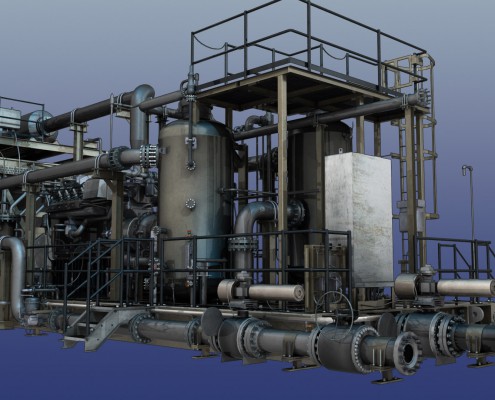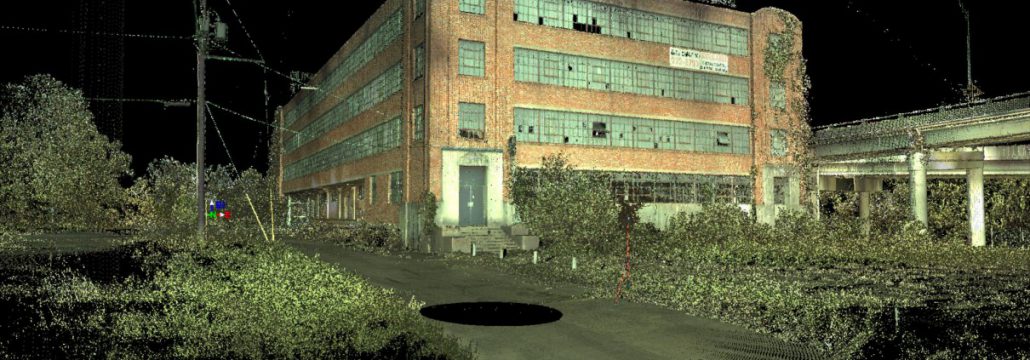Why Accurate BIM is a Construction Company’s Dream
From preserving historic museums to developing new condominiums, building information modeling (BIM) is changing the face of architecture, design, and construction. Through accurate BIM, construction companies are able to plot out their projects in virtual space, anticipating issues, reducing re-works, and otherwise improving their return on investment.
Here’s why accurate BIM is a construction company’s dream.
BIM Construction = Reliable Construction
First, how is BIM used in construction? The construction industry has always relied upon data to make decisions. Recent advancements in technology have made the construction industry far more reliable. Decades ago, construction companies found themselves suddenly able to improve upon their product cost and deadline management through the power of computers.
In the very early days, having spreadsheets available made it easier for construction companies to produce more accurate bids. From there, construction planning solutions made it possible to streamline and improve upon the entire process, from start to finish.
Today, BIM is making construction data even more accurate. Construction companies are now able to plan their projects down to the millimeter, from showing clients how the finished product will look, to determining how different materials may interact with the surrounding environment. The better the data model, the less likely it is that companies will encounter surprises, and the better the company can plan for the future.
Improved Data Means Reduced Reworks
The construction industry spends approximately $178 billion a year on reworks — and that doesn’t include the cost of unsatisfied customers and damaged reputations. To a certain extent, some reworks are going to be expected in any project. But with better data, reworks can be vastly reduced.
Modern building information modeling is so advanced that construction companies can even assess a project’s interactions with the surrounding environments. BIM is becoming an important part of solar panel farms and wind farms. They can determine what the solar or wind output will be depending on the weather and the season.
Furthermore, building information modeling can be used to keep clients engaged, and to ensure that clients have a picture in their mind of the completed project at all stages of development. Clients will be able to determine whether there are things that don’t work for them at the beginning of the project, instead of at the end, and consequently are less likely to request changes.

Example of 3D model made using BIM 
3D model of construction skid 
3D model of an abandoned hardware building
Alleviating Environmental Concerns for New Construction
Today, construction companies are more conscientious than ever about the impact that their buildings can have on the surrounding environment. Will glass potentially reflect damaging rays into the surrounding area? Could a change of water flow increase the natural erosion?
Construction companies aren’t just able to simulate the environment’s impact on the buildings, such as seasonal sunlight changes, but also the building’s own impact on the surrounding environment. This goes a long way towards building construction projects that will last a long time and that will make responsible use of the surrounding land.
Making It Easier to Collaborate with Other Teams
Through BIM, construction companies are able to identify potential conflicts between systems. Plumbing, electrical, and HVAC systems can all be compared before any work is done. Teams, even those working for different contractors, are able to share data and models. This means they can collaborate and communicate with each other more effectively, since they will always be working off the exact same data, rather than potentially using different versions.
With BIM, construction companies can share data and documents through the cloud, and this information can remain persistent throughout the job. At the same time, the construction company can lock down and control changes, so there isn’t a risk of others overriding the essential data.
Keeping Records for Completed Projects
Data is eternal. There’s a reason why BIM has been used on historic buildings: to preserve them forever. Through BIM, construction companies are also able to keep thorough records of their completed projects. Not only do they have the plans, but they can also use surveying to create models of the construction as it is completed.
Once the project is done, the company still has a complete record of the work, whether it’s needed in the future for renovations, or whether they simply want to make sure that their client has an archive of their project for legal purposes.
Adapting to BIM Construction
Business information modeling is constantly improving. It’s expected that the coming years are going to see some dramatic advances in the accuracy and ease with which BIM can be used.
So why are some construction companies not yet using BIM? The use of BIM requires new systems and processes. Construction companies need to explore new advanced technologies and platforms, and engage in training employees. This takes time.
A partner can help. For more information about BIM and how to collect it, consult with the experts at Landpoint.




